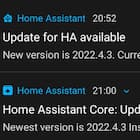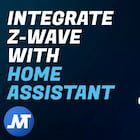Why the Open Home is important
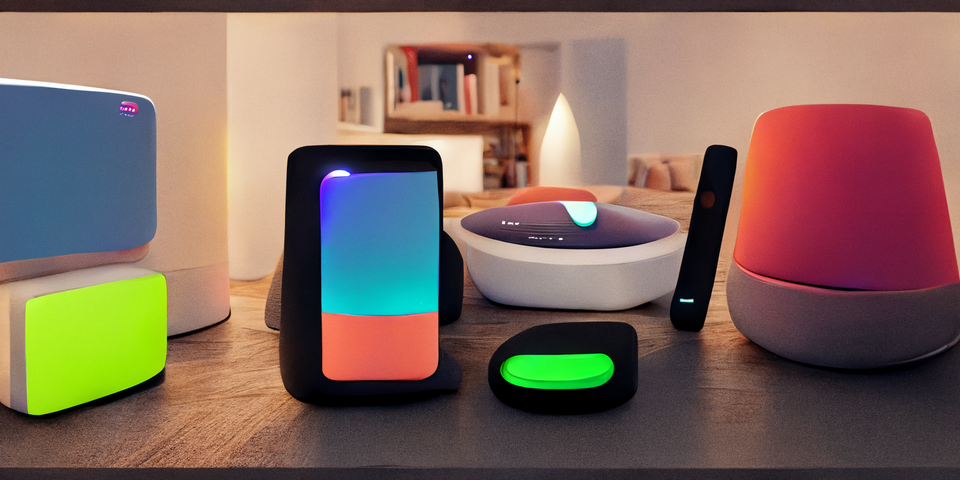
How is it already May! 👀 Well, with May comes another release of Home Assistant and ESPHome. Both of these releases are packed with changes and new features! Also, if you follow just about anyone in the Smart Home space on social media, you most likely heard about the shutdown of Insteon… This brought a new light to why The Open Home is important and why you should be conscious of your next Smart Home purchase. Paulus goes into more of the details below!
– Zack
Home Assistant 2022.5 released!
Brand new Home Assistant 2022.5 release for May comes with a lot of new features. As always, Home Assistant is focusing on streamlining experiences and this release is another move in that direction. Streamlining the user experience with the configuration menu updates and streamlining YAML editing with some new script and automation changes. Overall a great release!
Settings Menu Changes
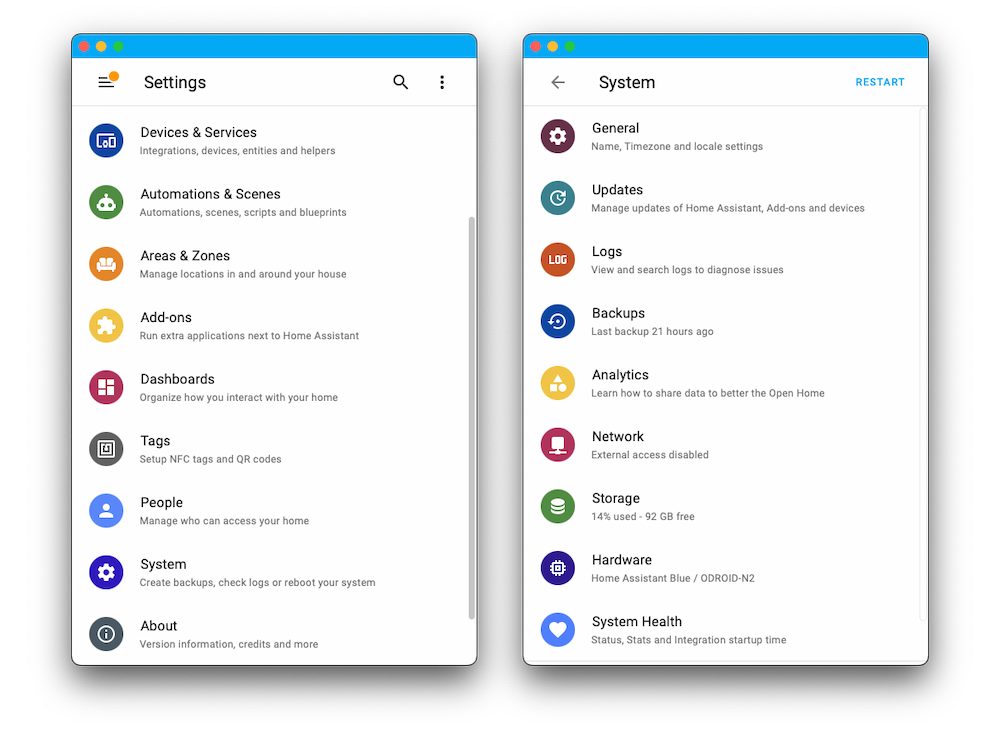
The Settings menu (previously Configuration menu) refresh comes with changes that will make navigation more natural. You will notice a few items shuffled around for this to happen. A few to mention: Blueprints moved to Automations and Scenes, Areas are now grouped with Zones, and the addition of the System Menu. The system menu adds a lot of items from other places and really brings everything about your Home Assistant instance into one convenient menu. Read more…
New Automation & Script Features
Frenck decided to add quite a few features to make creating automations and scripts a lot more powerful and a lot easier. This includes the addition of an If-Then-Else action that will make conditional actions a lot more streamlined. Parallelizing actions will allow for actions to be run simultaneously. Thomas Loven also got in on the action with condition shorthand notion for YAML users. Making and, or, & not much easier to use. You can check out all the changes in more detail here.
Insteon's shutdown shows why local APIs matter
On April 15, US-based smart home company Insteon abruptly went dark and turned off its cloud. While Insteon products talk locally, the app and voice assistant integrations do not. Without this, Insteon users are unable to control and configure their hub and their automations don’t run.
Your home shouldn't stop working when a company disappears.
Insteon users suddenly had to learn about alternative solutions to control their homes and order the hardware to run them. With the recent Raspberry Pi shortage this is not an easy task!
Luckily for Insteon users, Home Assistant has support for controlling Insteon devices. And with today's Home Assistant release, it gets even better as it includes a brand new Insteon management panel by Tom Harris.
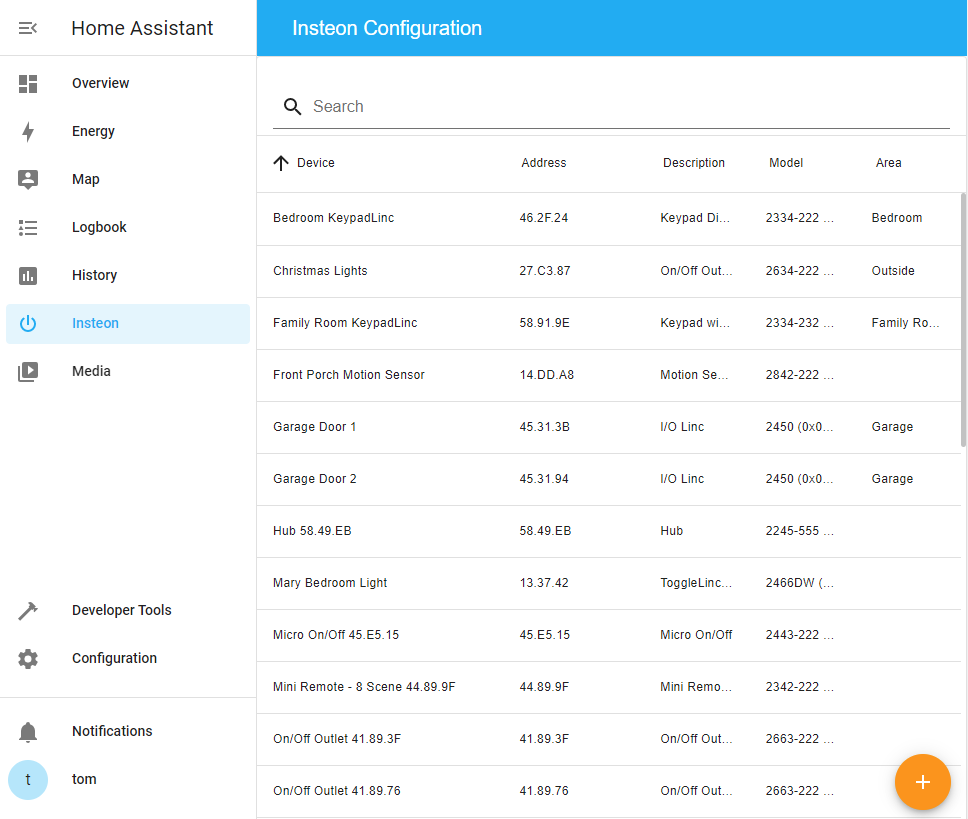
Testing the durability of your home
Insteon users didn't realize their devices required a cloud service to operate until it stopped working. I wish that tech products would be required by law to disclose cloud dependencies and state how long a consumer can expect their devices to be able to access this cloud. Food has an ingredients label, why shouldn't tech?
One of the pillars of the Open Home is durability: devices should be designed to keep working for the next ten years. If you are interested to see how much your home relies on cloud services, you can perform the following test:
Unplug the internet cable from your router while keeping the router powered on. This way the Wi-Fi and local network stay online, devices can talk to one another but cannot talk to the Internet.
Now interact with your devices directly and via its app to see which ones no longer (fully) function.
Once you figured out the devices that rely on the cloud, it's time to look at how these devices pay for your cloud connectivity. If you are not paying a subscription fee, the time is ticking. Any setback can cause the manufacturer to remotely cripple the devices in your home by turning off their cloud.
Last December we presented our Open Home Buying Guide. This guide is not about preferred manufacturers but it's about looking at how a device interacts. Buy devices for your home that rely on open standards (Zigbee or Z-Wave) or have documented local APIs. Such devices will continue to function without relying on a cloud.
– Paulus
Z-Wave JS and the road to Z-Wave certification

Last month we broke the news that Dominic Griesel, the founder of Z-Wave JS, joined Nabu Casa to work full-time on open source. One of the goals we set out is to get Home Assistant + Z-Wave JS certified by the Z-Wave alliance. Being certified means that it's a correct implementation that handles all edge cases correctly and follows all the interface rules and guidelines.
Z-Wave JS was the first open-source Z-Wave implementation that implemented Z-Wave S2 security and the goal is to also be the first to be Z-Wave certified.
Dominic created a list of all things that need to be addressed based on the certification documentation. It's doable and definitely within reach for this year. Expect great things for your Z-Wave network!
Do you create a home automation platform and want to integrate Z-Wave? We've added a page for integrators on why you should use Z-Wave JS and include links to existing open-source integration implementations.
Home Assistant Cloud annual plans available for more users
In February, Nabu Casa rolled out annual plans for Home Assistant Cloud in the US. We're happy to announce that these plans are now available worldwide except for Canada, UK, and EU. The latter are still coming, but take a bit more time due to the switch to local currencies.
You can change to the Home Assistant Cloud annual plan on the Nabu Casa account page.
Subscribing to Home Assistant Cloud supports the development of Home Assistant, ESPHome, Z-Wave JS, and other related projects. It also allows you to access your Home Assistant instance remotely via an end-to-end encrypted connection, use state-of-the-art text-to-speech in your home and easily integrate with Google and Amazon voice assistants.
Community highlights
|
|
|
|
|
|
|
|
Other noteworthy news
- Tasmota published their 11.1 Ostera release with support for Improv Wi-Fi. This allows users to install and configure Tasmota straight from the documentation.
- Twenty Smart Home Youtubers created videos for Earth Day on how to save energy with your smart home. (Brian Read, Automate Your Life)
- Sonos joins matter but doesn't fully commit to using Matter to its fullest extent. This means they could not work with other devices using Matter. (Chris Welch, The Verge)
- ESPHome released its April release with support for Shelly Dimmer 2, Google fonts, and deep sleep!
|

